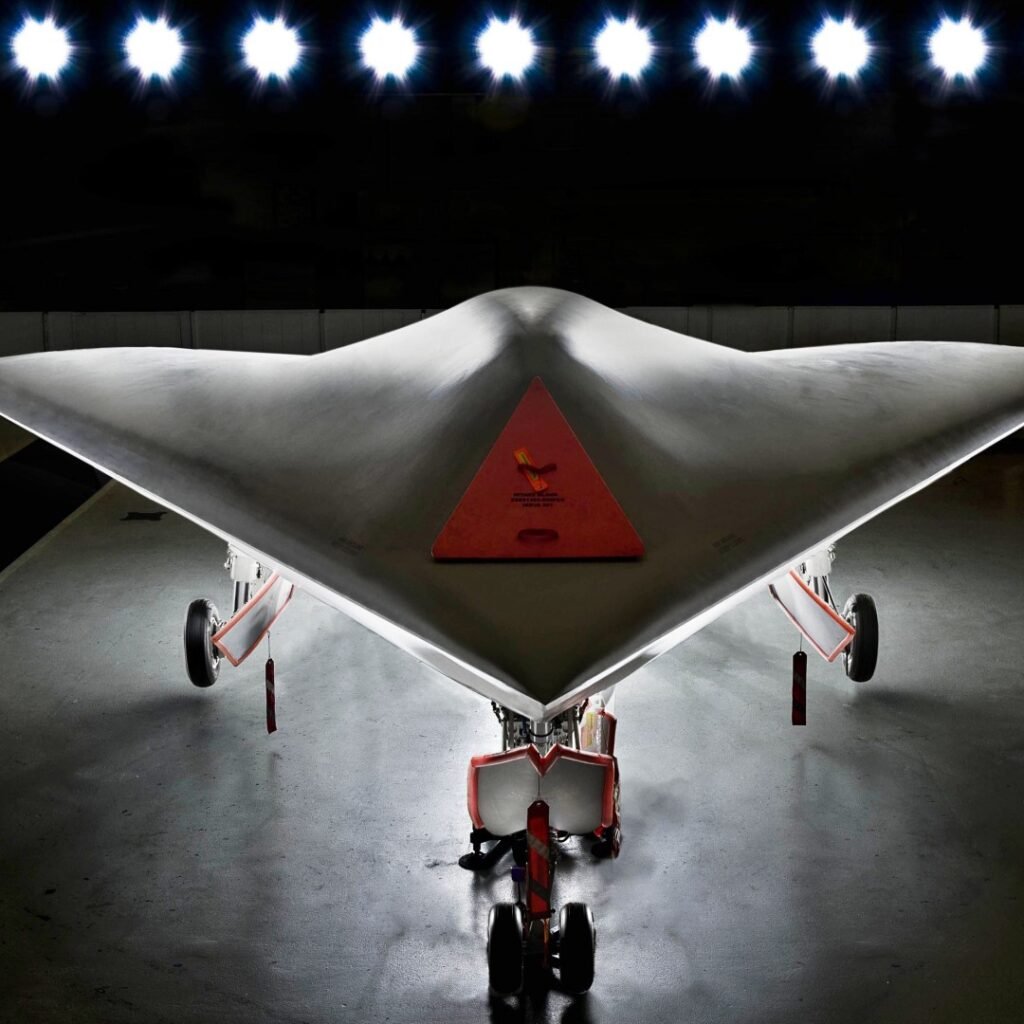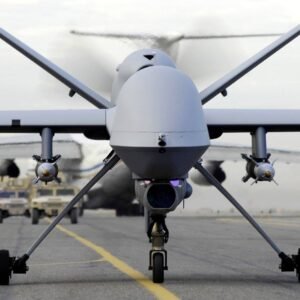I. Introduction
The BAE Taranis UCAV was developed by BAE Systems, a British defense company, in collaboration with the UK Ministry of Defence. The Taranis is named after the Celtic god of thunder, and it represents a significant advancement in UCAV technology. The importance of UCAVs in modern warfare cannot be overstated. They offer the ability to perform critical missions without risking human pilots, and they can operate autonomously, which allows them to perform more complex and dangerous missions than manned aircraft.
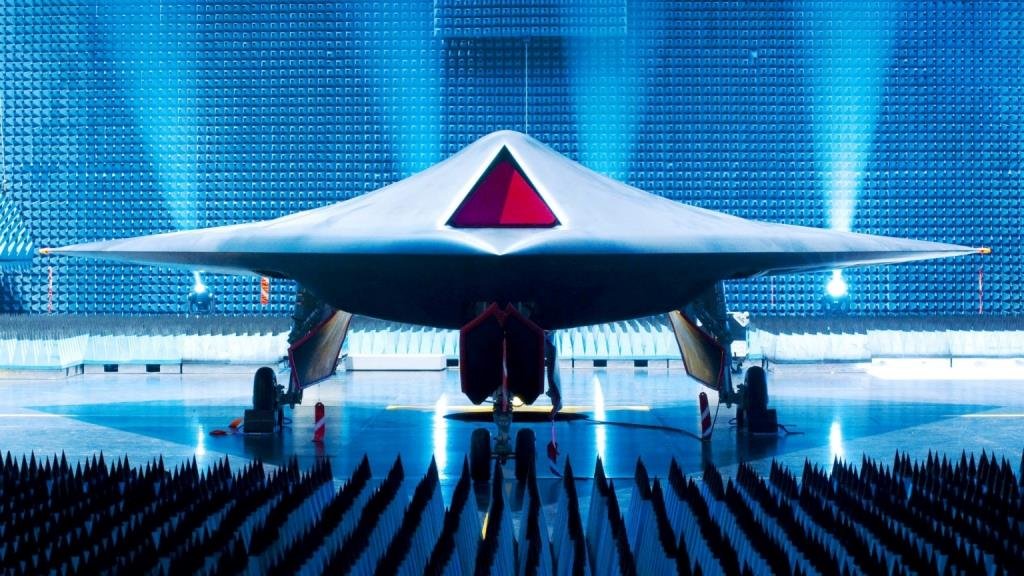
II. Development of the BAE Taranis UCAV
The BAE Taranis UCAV was first announced in 2006, and the initial design work began in 2007. The development of the Taranis was a collaborative effort between BAE Systems, Rolls-Royce, QinetiQ, and the UK Ministry of Defence. The Taranis underwent several years of development and testing before its first flight in 2013. The testing process involved a series of flight trials, including high-speed taxiing tests, and low-level flight trials. The Taranis were also subjected to various environmental tests, including tests in extreme temperatures and high-altitude environments.
| Specification | Details |
| Length | 12 meters (39 ft) |
| Wingspan | 10 meters (33 ft) |
| Height | 4 meters (13 ft) |
| Weight | 8,000 kg (17,600 lbs) |
| Engine | Rolls-Royce Turbomeca Adour |
| Speed | Estimated to be over 750 mph (1,200 km/h) |
| Range | Estimated to be over 3,000 miles (4,800 km) |
| Altitude | Estimated to be over 45,000 feet (13,700 m) |
| Armament | Various precision-guided munitions, including bombs and missiles |
| Sensors | Advanced radar and sensor suite, including electro-optical and infrared sensors |
| Stealth Capabilities | Low observable design, including reduced radar signature |
| Autonomy | Capable of autonomous flight and operation |
III. Features and Capabilities
The BAE Taranis UCAV is designed to be highly stealthy and capable of carrying out a wide range of missions. The Taranis has a low-observable design, which makes it difficult to detect on radar. The Taranis UCAV is also equipped with advanced sensors and avionics, which allow it to operate autonomously. The Bae Taranis can perform a range of missions, including intelligence, surveillance, and reconnaissance (ISR) missions, as well as precision strike missions. The Taranis are capable of carrying a range of weapons, including guided missiles and bombs.
One of the most significant features of the Taranis is its autonomous operation capability. The Taranis can be programmed to operate autonomously, which means they can perform complex missions without human intervention. The Taranis is also designed to be highly adaptable and can be reconfigured for different mission types.
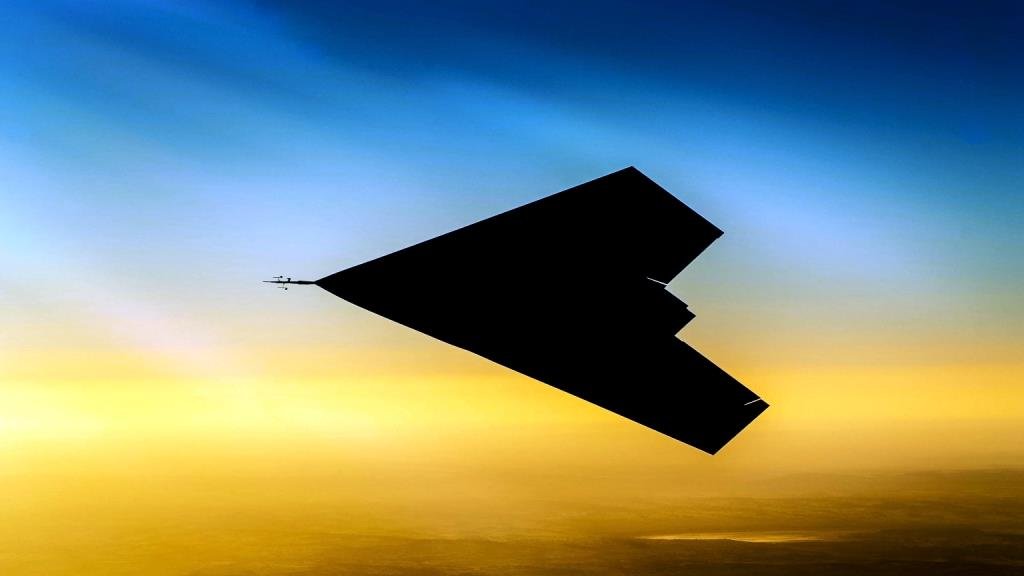
IV. Military Applications
The BAE Taranis UCAV has a wide range of potential military applications. The Taranis can be used for intelligence gathering and reconnaissance missions, where it can fly at high altitudes for extended periods, collecting data and transmitting it back to the ground station. The Taranis can also be used for precision strike missions, where it can use its advanced sensors and weapons to accurately engage targets.
Compared to manned aircraft, the Taranis has several advantages. It can operate in dangerous or hostile environments without risking human lives. It can also operate autonomously, which means it can perform more complex missions than manned aircraft. The Taranis also has a low-observable design, which makes it difficult to detect on radar.
V. Controversies and Criticisms
Unmanned combat aerial vehicles, including the BAE Taranis, have faced criticism and controversy for several reasons. One of the main concerns is the risk of civilian casualties. Autonomous UCAVs, in particular, have raised ethical concerns about the use of force without human intervention.
Another concern is the cost of developing and deploying UCAVs. The BAE Taranis UCAV is a highly advanced UCAV, and the cost of development and production is significant. There are also concerns about the effectiveness of UCAVs in combat situations, particularly in complex and dynamic environments.
VI. Future of the BAE Taranis UCAV
The BAE Taranis UCAV represents a significant technological advancement in the field of unmanned aerial vehicles. It is one of the most advanced UCAVs in the world and has the potential to revolutionize modern warfare. Despite this, there are many challenges that lie ahead for the Taranis and other UCAVs.
One of the biggest challenges facing the Taranis is the ongoing debate around autonomous technology. While the aircraft is capable of operating autonomously, there are many concerns about the use of such technology in military operations. Some argue that it removes human agency from decision-making and increases the risk of civilian casualties.
There are also technical challenges that need to be overcome. The Taranis is a highly advanced aircraft, and there are still many technical hurdles that need to be overcome before it can be deployed in the field. This includes the development of new software and hardware to support its advanced capabilities, as well as improvements to its sensors and other systems.
Despite these challenges, there is significant interest in the Taranis and other UCAVs around the world. The UK Ministry of Defence has expressed interest in deploying the Taranis in the field, while other countries are investing heavily in the development of their own UCAVs. This suggests that the future of the Taranis is bright and that it has the potential to play a major role in modern warfare for years to come.

VII. Conclusion
The BAE Taranis UCAV represents a significant technological advancement in the field of unmanned aerial vehicles. It is a highly advanced aircraft that is capable of operating autonomously and conducting long-range missions. It has advanced stealth capabilities and is highly maneuverable, making it highly effective in reconnaissance and strike missions.
Despite the controversies and challenges facing UCAVs like the Taranis, there is significant interest in their potential military applications. They offer a range of advantages over manned aircraft, including increased safety for pilots and cost-effectiveness. However, there are also concerns about the use of autonomous technology in military operations, and the need for ongoing technical development and improvements.
Overall, the BAE Taranis UCAV represents a major step forward in the field of unmanned aerial vehicles. While there are many challenges and controversies to navigate, the potential benefits of such technology for modern warfare are significant. As such, it is likely that UCAVs like the Taranis will continue to attract interest and investment from governments and defense contractors around the world.
BAE Taranis vs Dassault Aviation-led Neuron
The BAE Taranis and Dassault Aviation-led Neuron are both advanced unmanned combat aerial vehicles (UCAVs) that have been developed in Europe. Although they share some similarities, there are significant differences between the two platforms.
Design and Capabilities
The Taranis is designed to be highly maneuverable, and capable of operating at high speeds and altitudes. It has a top speed estimated to be over 750 mph (1,200 km/h), can fly at altitudes over 45,000 feet (13,700 m), and has a range of over 3,000 miles (4,800 km). Taranis is designed to carry a range of precision-guided munitions for both reconnaissance and strike missions. It has advanced sensor suites to support its mission objectives.
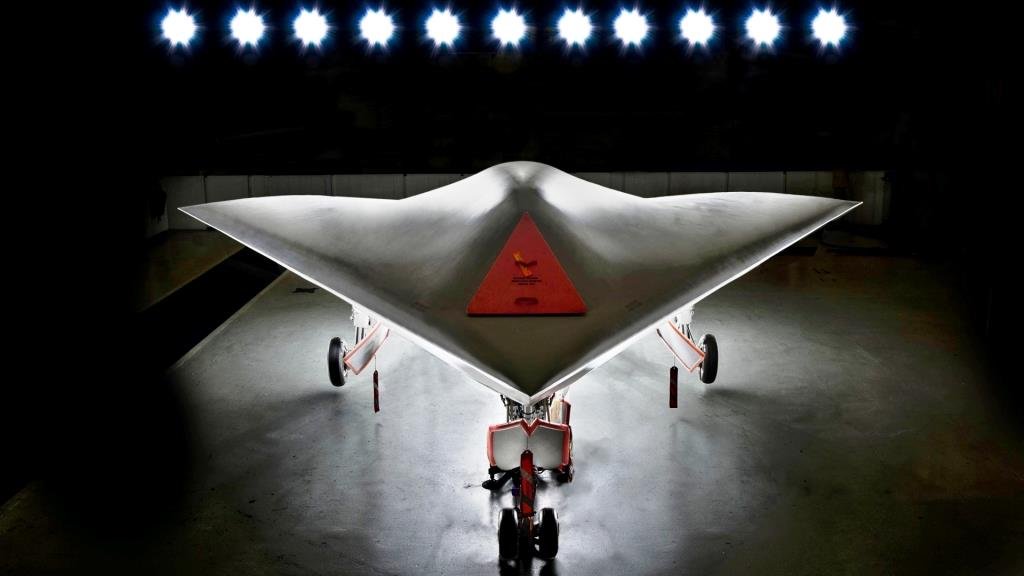

In contrast, the Neuron is optimized for intelligence, surveillance, and reconnaissance (ISR) missions. It is designed to be a stealthy platform, with a low radar cross-section and reduced infrared and acoustic signatures. It has a top speed of around 600 mph (980 km/h) and can fly at altitudes over 40,000 feet (12,000 m). The Neuron can carry a variety of sensors and can be fitted with a range of payloads, including signals intelligence and electronic warfare systems.
Development and Production
The Taranis and Neuron were both developed as part of separate national programs, with the Taranis being developed by the UK’s Ministry of Defence and BAE Systems, while the Neuron was developed by Dassault Aviation and a consortium of European defense companies. The Taranis has completed several test flights, while the Neuron has conducted a number of successful flight demonstrations.
In terms of production, the Taranis has not yet entered service and are still in the development phase. The Neuron, on the other hand, is a demonstrator and is not expected to enter service in its current form. However, the technologies and capabilities developed for the Neuron are expected to be integrated into future European UCAVs.
In summary, the BAE Taranis and Dassault Aviation-led Neuron are both advanced UCAVs developed in Europe, but they have significant differences in their design, capabilities, and development histories. While the Taranis is designed for high-speed, highly maneuverable strike missions, the Neuron is optimized for stealthy ISR missions.
Previous Military UAV Blog:-Kronshtadt Orion UAV and PD100 Black Hornet Drone-Revolutionary Technology

